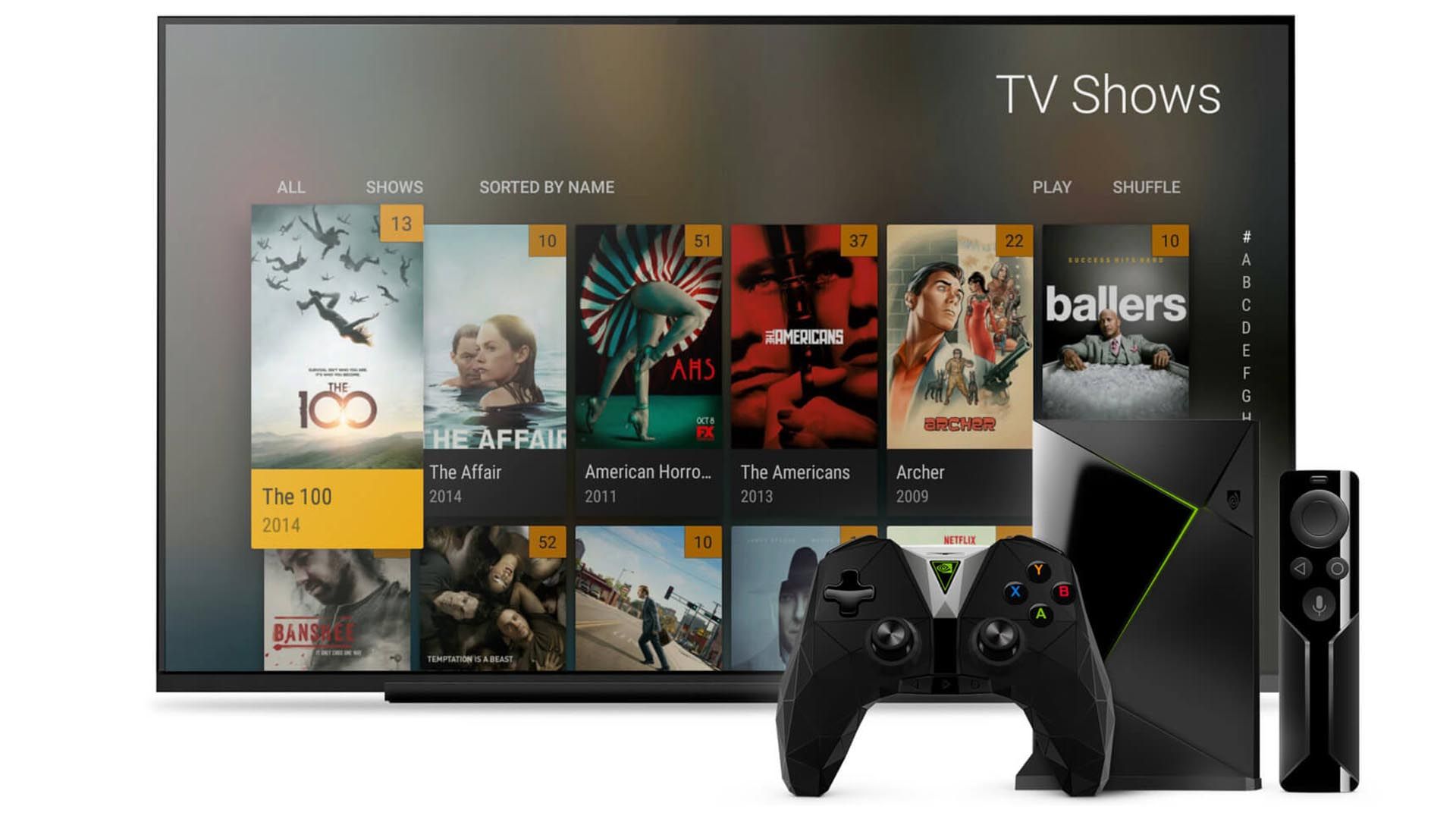

The ReadySHARE interface allows you to turn storage devices attached to the USB 3.0 ports into Network Attached Storage, with various characteristics. Quality of Service (QoS) can be toggled (it's on by default) so streaming media takes priority, although this doesn't apply to the 802.11ad signal.

You can configure whether to use ports scan and DoS protection, set up a DMZ IP, and NAT filtering via the WAN Setup. This is really handy because you can change these credentials regularly without having to alter the main network and all the clients connected to it. You can configure a guest network, which can have different credentials and be turned off and on separately to the main wireless networks. The Setup section provides access to configuring the Internet connection, and each of the three Wireless radio standards. The advanced interface provides much more detailed information about the various connections in the central area, and much more to play with on the menu on the left-hand side.įor clients that have the WPS function, you can use the WPS Wizard to set them up rather than fiddling with SSIDs and passwords directly. There's also access to the PLEX Media Server, which we will be covering in more detail later too. The menu on the left also adds the ability to configure Cloud Backup, where you can use an Amazon cloud drive as a backup of the local USB storage, and also the NETGEAR Downloader, of which more later. This provides icon access to the main features, including the Internet connection, wireless security settings, attached devices, parental controls, the ReadySHARE interface (for configuring how attached USB devices are treated), and turning the guest network off or on. Once you've configured your broadband, or chosen to set this up manually, you get the choice of Basic or Advanced management interfaces, with the Basic one the default.

When you first connect to the R9000, the genie interface pops up in a browser window as the unit tries to connect to your broadband automatically.


 0 kommentar(er)
0 kommentar(er)
